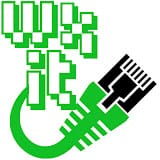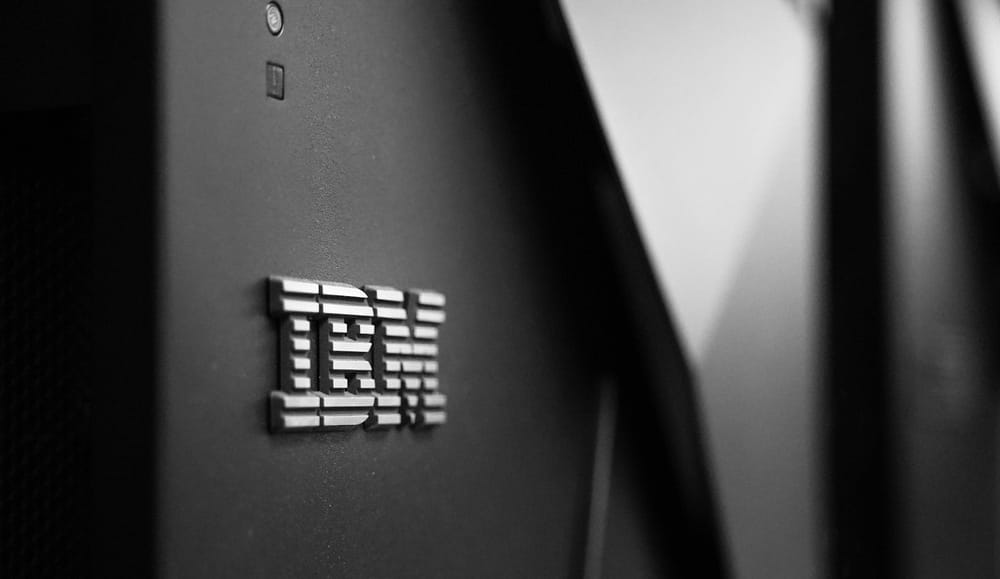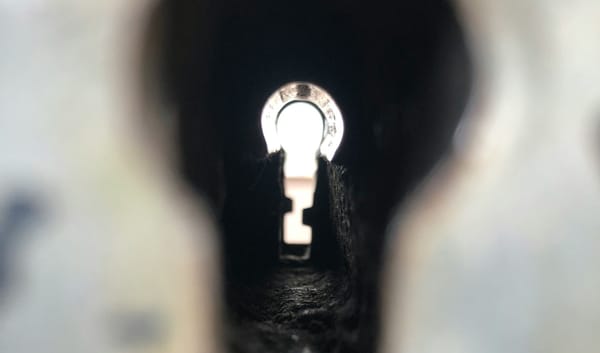DLSW
DLSw, or Data-Link Switching, is a protocol that enables the transport of IBM Systems Network Architecture (SNA) and NetBIOS traffic over an IP network.
- DLSWv1 developed in 1995, to carry LLC2 frames across a TCP/IP network
- DLSWv2 developed in 1997, added scalability and redundancy
- DLSW+ Cisco’s implementation
Better than transparent bridging
- Local acknowledgements
- higher availability
- load balancing
IEEE 802.2 LLC Type 2 assumed that the network delay was small and predictable. When delay occurs, timeouts begin to happen and frames are retransmitted. Causes duplicate packets to be received by the mainframe.
Client to mainframe, DLSW terminates LLC2 at the router, and an acknowledgement is sent to the client.
Search frames (which allow clients to locate the server) are no longer flooded after the router locates the end device. The router will cache.
Neighboring routers are referred to as peers. Once a supported protocol makes a connection, it is called a peer connection
Protocols supported:
- SNA PU Type 2.0/2.1/4
- SDLC PU1 Type 1-4
- NETBIOS
- NETBEUI
DLSW Encapsulation Options:
- TCP Encapsulation - (Most common, most features, but most overhead)
- FST Encapsulation - low overhead, supports any WAN type, no reliability. Only supports Token Ring source.
- Direct Encapsulation - low overhead, only supports Token Ring source, only supports HDLC & Frame Relay
- LLC2 Encapsulation (DLSW LITE) - Frame relay only
DLSW Locates resources:
- 1. Client generates a request for the MAC address
- 2. Router generates CanYouReach Frame
- 3. Peer responds with ICanReach
- 4. The circuit is established
- 5. Router caches the MAC address
DLSW Configuration
- 1. (Optional) Use loopback interfaces for redundant connections
- 2. Create the DLSW local peer
- 3. Enable bridging on required interfaces and link to DLSW
- 4. Choose peer encapsulation and configure the remote peer
bridge 1 protocol ieee
int e0
bridge-group 1
dlsw local-peer peer-id 170.100.100.2
dlsw remote-peer 0 tcp 170.100.100.3
dlsw bridge-group 1
show dlsw peers
show dlsw reachability
show dlsw circuits




